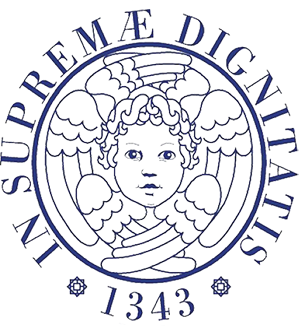Definition:
Transurethral prostatectomy by laser (thulium) (TULEP) is an endoscopic intervention, i.e. it does not imply external skin incision as the surgical instrument is introduced through the penis. The purpose of this procedure is to reduce urinary symptoms and obstruction due to prostatic enlargement, which causes problems with bladder emptying. It is an innovative technique, alternative to classical prostate resection (TURP).
Indications:
Benign prostatic hyperplasia that causes difficulty when urinating.
Technique description:
Via the urethra (i.e. through the penis) an instrument (resettoscope) is introduced through which a laser probe is inserted. The laser extracts the increased prostate portion; It is then reduced to smaller fragments, which are finally aspirated by the resettoscope. At the end of the surgery a transurethral bladder catheter is applied. The duration of the procedure ranges from 40 to 120 minutes and is mainly dependent on the size of the prostate. The intervention is performed in loco-regional (spinal) or general anesthesia.
Post-surgery:
Generally the next day after surgery, the bladder catheter is removed and the next day, in the absence of complications, the patient can be discharged. In case of hematuria (presence of blood in the urine), medical staff may decide to keep the catheter a few more days.
Results:
Such as TURP, the laser technique allows for an increase in the urinary force and reduction of the post urination residue linked to the reduction in the volume of the prostate; This results in a patient’s improvement in disturbances: the patient will urinate less frequently and the jet will be more powerful, the frequency or urination during the night will diminish or possibly disappear, as well as the number of infections in the urinary tract. Compared to TURP, laser technology offers advantages, which are:
- Reduction of bleeding: this allows to perform this procedure even in high risk patients with coagulation problems;
- Reduction of catheterization time.
Side effects:
Annoying urinary disorders (burning during urination, frequent urination) may last for 4-6 weeks after surgery. Retrograde ejaculation (i.e., seminal fluid, at the time of orgasm, does not escape outside but bumps into the bladder and is eliminated with following urination) appears in 75% of patients undergoing TURP and laser TURP.
Diligence at home:
After discharge, morigerized lifestyle is recommended (reduced physical stress, low sexual and / or sports activity, moderate diet, urinary antiseptic therapy, etc.) for a period of time depending on the entity of the urinary disturbances. Normal work activities, as far as the procedure is concerned, can be resumed within the space of a week by avoiding long journeys in the car and the use of cycles and motorcycles. Adequate liquid intake is recommended. In the event of a fever, the patient may be referred to his / her own medical practitioner in the first place; The doctor will then decide whether to undertake antibiotic therapy or consult the urologist. In case of urinary retention (impossibility to urinate) or important hematuria (presence of abundant blood in the urine, or cherry red urine) you must contact the urologist or possibly go to Emergency Room.

